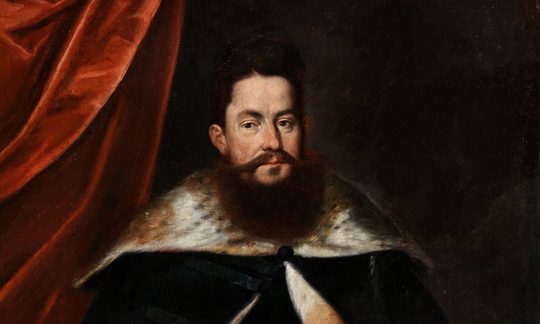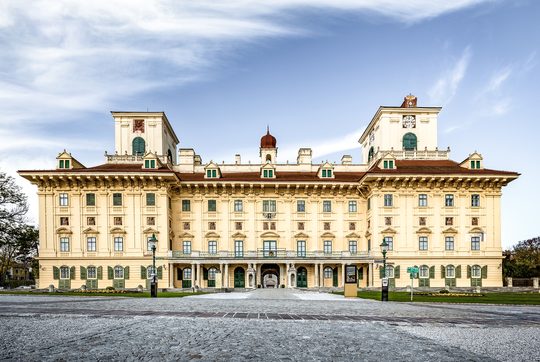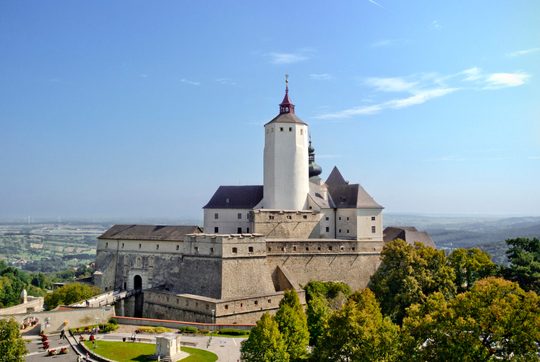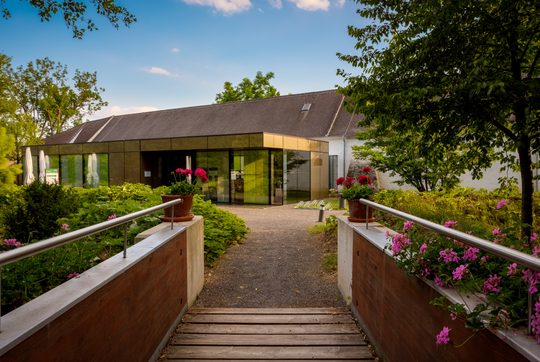13 Coffers: The Beginning

The young, ambitious social climber Count Nikolaus Esterházy (1583-1645) is known as the family’s first collector. The family outsider from the Bratislava area succeeded at a fabulous accession at the beginning of the 17th century: Driven from his father’s property in Galantha due to disputes in belief, he was promoted to official agent of the king in Turkish-occupied Hungary. Thanks to a clever marriage and his ensuing partisanship to his sovereign, Count Nikolaus laid the cornerstone for the enormous Esterházy assets.
As of 1625, as Paladin of Hungary in Lackenbach Palace in western Hungary, he held a court that appeared fully worthy of a king’s agent. In a noble castle with its large Renaissance garden, he met with a broad theological circle. Here, Count Nikolaus founded a large library, the so-called Bibliotheca Esterhazyana.
The inventory combined books from the most significant Hungarian libraries. With its coexistence of confessional nonconformist and reformed writings, it demonstrated Hungary’s liberal climate in an age of European religious strife.
With the collection of gold- and silversmith works, Nikolaus also founded the Esterházy treasure chamber at Forchtenstein Castle, which exists to the present day. It is here that the grandiose Ottoman tent that Count Nikolaus captured in 1621, which numbers among the greatest of its kind, is preserved.




